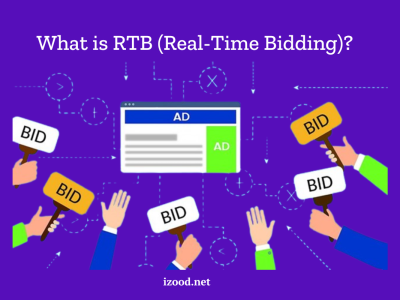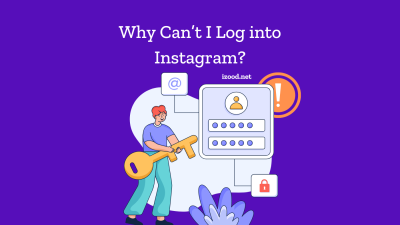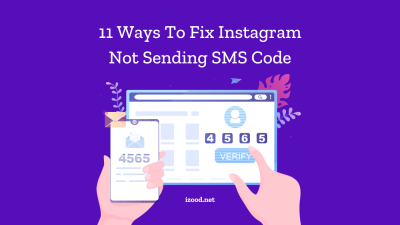
Are you ready to start the exciting world of work? If you are looking for a job for the first time, writing a resume might seem like a big job. You might be thinking about how to show off your skills and experiences if you have never had a job before. Don’t worry, though! We will show you how to make a resume for first job that shows off your skills and makes you stand out from other applicants.
These tips and tricks will help you make a great resume for your first job, whether you’re a recent college graduate, a high school student, or someone who wants to change fields.
How to Make a Resume for First Job (All You Need to Know)
A resume is one of the most important things you can use to get a job. It gives employers a quick look at your past, accomplishments, and skills, giving them a sense of how qualified you are. You can still make a strong resume even if you have never had a job before by focusing on your education, related experiences, skills, and activities outside of school.
To get an interview, you can get the attention of possible employers by showing them what you can do and how excited you are about the job. For the start, here are the best tips in the process of how to make a resume for first job. Let’s begin!
Choosing the Right Resume Format
A format that shows your abilities and achievements is crucial when writing your first employment resume. As a first-time job applicant, the reverse-chronological resume format is usually best. This resume format organizes your education and experiences chronologically, making it easy for employers to read.
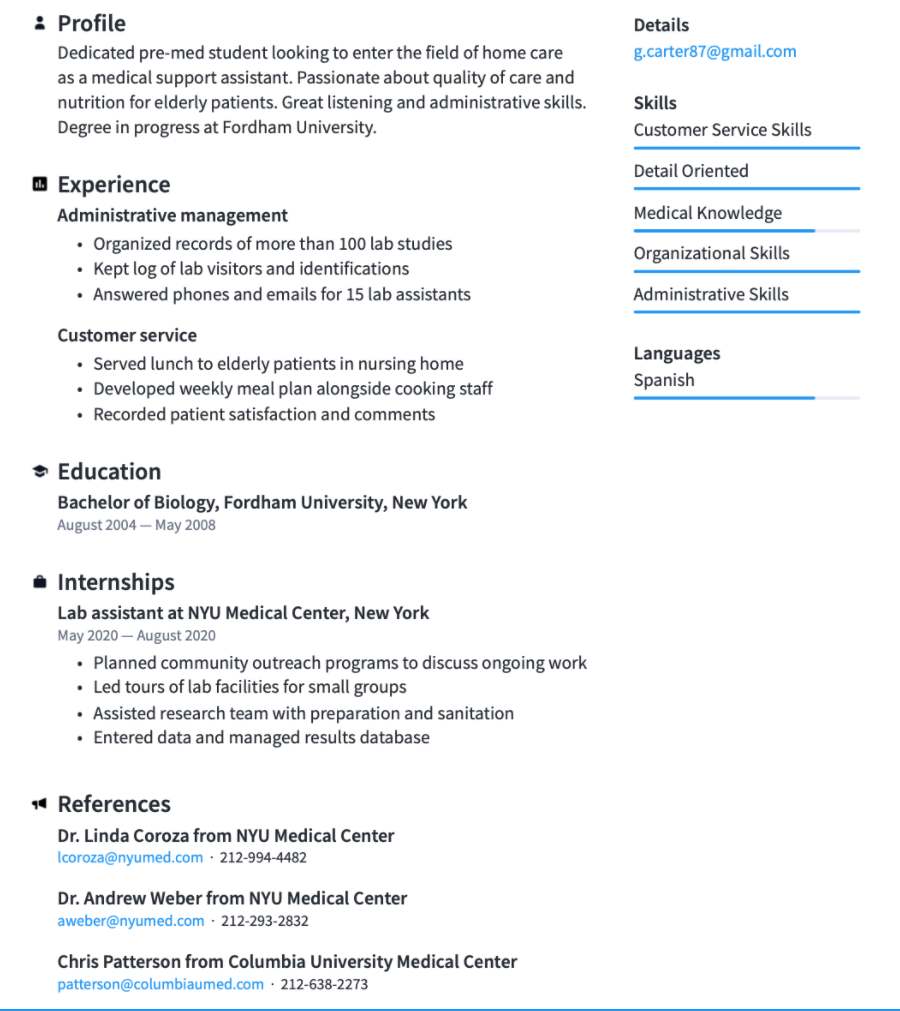
Use a two-column resume layout to improve its appearance. This arrangement lets you provide more information without overwhelming the reader. To make your resume legible, use a professional typeface like Arial or Calibri.
Highlighting Your Education
As a first-time job seeker, your education will be a significant selling point on your resume. Begin by listing your educational background, including the name of the institution, the degree or diploma you obtained, and the dates of attendance. If you’re still in school, indicate your expected graduation date.
To make your education section more impactful, include relevant coursework that aligns with the job you’re applying for. Highlight any projects, research papers, or presentations you completed during your studies to demonstrate your academic abilities. Additionally, mention any honors, awards, or achievements you received, such as being on the dean’s list or earning scholarships.
Showcasing Relevant Experience
While you may not have formal work experience, you can still showcase relevant experiences that demonstrate your skills and work ethic. This can include internships, volunteer work, part-time jobs, freelance projects, or involvement in extracurricular activities.
When describing these experiences, focus on the skills you gained and the accomplishments you achieved. Use action verbs to convey your responsibilities and achievements, such as “managed,” “organized,” “collaborated,” or “completed.” Quantify your accomplishments whenever possible by including numbers, percentages, or specific results.
Refer to the job description and identify key keywords and requirements, then incorporate them into your descriptions. This will show employers that you have the necessary skills and abilities to excel in the role.
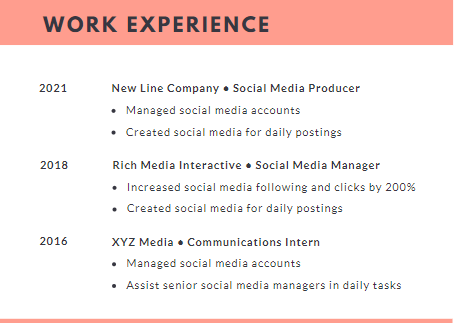
Emphasizing Your Skills
Your abilities will help employers see your potential as a first-time job search. Sort your skills into hard and soft. Hard skills are technical or job-related talents gained by education, training, or experience. Programming, graphic design, and foreign language competence are challenging skills. Highlight job-related credentials, licenses, and courses. Be descriptive and give instances to prove your skills. This will make your resume more appealing and demonstrate that you have the skills companies want.
Including Volunteer Work
Volunteering is a good thing to put on your resume. Employers will see that you are driven, caring, and ready to make a difference in your neighborhood. You can include any volunteer work you’ve done, like helping out at neighborhood groups, doing community service, or giving your time to problems you really care about. Describe your duties, what you’ve accomplished, and how your efforts have helped others.
Writing a Strong Resume Objective
The first sentence of your resume is an objective that highlights your career goals, abilities, and qualifications. It introduces your CV and attracts employers. In your resume objective, show your excitement for the job and what you can contribute. Build a captivating resume objective that fits the job you’re applying for. Check the job description for essential skills. Then, emphasize how your talents and experiences make you a good fit for the job in your resume objective. Use simple, succinct words to make an impact.
Formatting Tips for a Professional Look
In addition to the content of your resume, its formatting and presentation play a crucial role in creating a professional impression. Follow these formatting tips to ensure your resume looks polished and organized:
- Use clear and consistent headings and subheadings to guide the reader through your resume.
- Use bullet points to highlight key information and make your resume easier to skim.
- Include white space between sections to improve readability and avoid clutter.
- Use a professional font, such as Arial, Calibri, or Times New Roman, in a readable size (11 or 12 points).
- Proofread your resume carefully for spelling, grammar, and punctuation errors. Ask a friend or family member to review it as well.
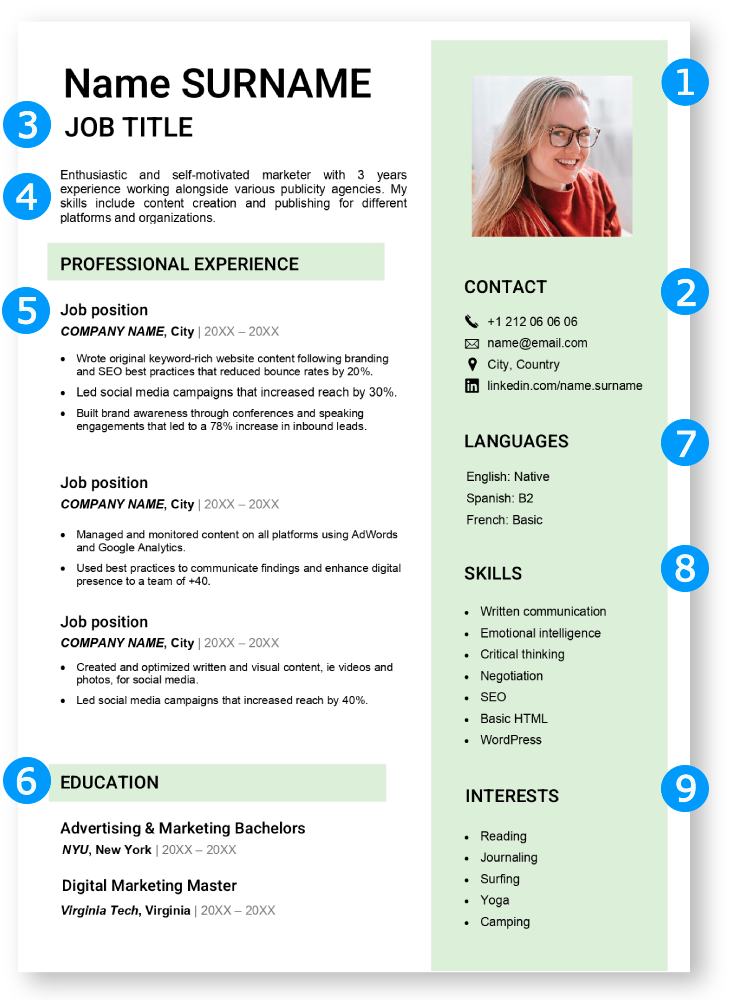
Customizing Your Resume for Each Job Application
Resumes aren’t uniform. Customize your resume for each job application to boost interview chances. This involves tailoring your resume to the job description’s needs, credentials, and keywords.
Read the job description and determine the employer’s desired abilities, experiences, and attributes. Review and edit your CV to showcase your relevant skills. Match your experience, talents, and resume objective to the employment requirements.
Customizing your CV informs employers that you understand their needs and how you can help. It shows your genuine interest in the job and boosts your chances of being noticed.
Proofreading and Finalizing Your Resume
Proofread your resume before submitting it to ensure it is error-free and professional. Spelling, grammar, and punctuation errors can damage your trustworthiness. Check your resume for errors utilizing online resources or a trusted friend or family member.
In addition to proofreading, verify your resume’s information. Verify your contact, educational, and other information. Keep your sections organized and the layout and formatting consistent. If you edit and polish your resume, you may portray yourself in the best light and wow companies.
In Closing
Learning how to make a resume for first job is an important part of starting a business. You can make a resume that stands out from other applicants by focusing on your education, useful work experience, skills, and extracurricular activities. Make sure that your resume is tailored to each job application, that it is well-proofread, and that you come across as skilled and well-put-together.
Remember, your resume is just one part of the job application process. Combine it with a well-crafted cover letter, a strong online presence, and effective networking to increase your chances of landing your first job.






